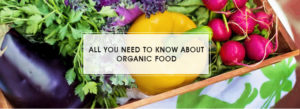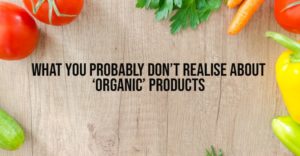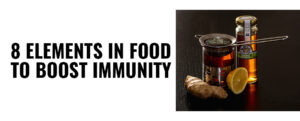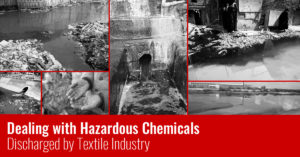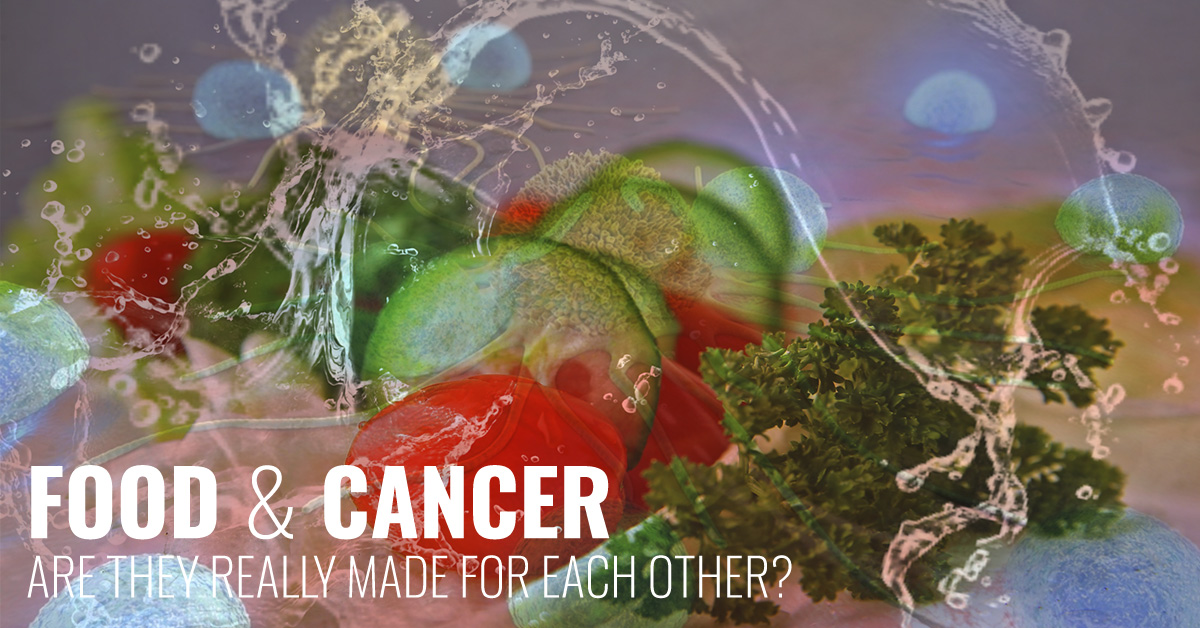
Let us start with a revelation. A recent study conducted by CSIR-NEERI (National Environmental Engineering Research Institute), Nagpur reveals that vegetables grown on the Yamuna river floodplains in Delhi contain toxic metals that can trigger serious malfunction in human body like cancer or organ malfunction. The vegetables grown there are available in metropolitan city markets and bought by affluent sections of the society.
Another survey has shown that Indian food nowadays is laced with one of the highest amount of toxic pesticides in the world. Foodies choose a regular balanced diet to stay healthy. Such diet consists of rice or chapati, pulses, vegetables and milk products – a wholesome food. However, it is ignored that with this wholesome and balanced food some portion of the most toxic and most widely used pesticides like Dichloro Diphenyl Trichloroethane (DDT) and Benzene Hexachloride (BHC) are consumed on a daily basis. These pesticides can create real health hazard like cancer & very little actions are taken to check their misuse and overuse.
These stories are hard to believe – but they are true. Indians worry about their drinking water. They fit water purifiers in their kitchens & consider themselves safe. However practically whatever we eat or drink – rice, flour, pulses, vegetables, meat, fruits & even milk – can pose a threat to us. Various surveys have shown that Indians are regularly eating food contaminated with some of the highest amounts of toxic pesticides in the world. A Harvard University research revealed a very agonizing fact, which points that sometimes metals like lead, mercury & cadmium can be passed to children from mother even through breast milk. Such metals are non-biodegradable, affect our normal metabolic activities and are potentially carcinogenic.
Cancer is a leading cause of death worldwide and diet is thought to play a significant role in cancer etiology. To evaluate this more accurately, the harmful effects of different foods, food components, and food contaminants have been widely studied in laboratories and in epidemiologic studies.
The findings have revealed a two-step process to determine human hazards – first, a hazard assessment technique to identify a particular possible hazardous exposure and secondly, to assess and determine if the exposure can have adverse consequences on human health.
To understand and evaluate the exposure level thoroughly, the IARC (International Agency for Research on Cancer) has categorized various chemicals & contaminants in food into various groups according to carcinogenicity of chemicals, like:

- Group 1: Carcinogenic to Humans: When the evidence is sufficient, for example, aflatoxins, arsenic and arsenic compounds, cadmium and cadmium compounds.
- Group 2A: Probably Carcinogenic to Humans: Carcinogens with limited data to humans, for example, Acrylamide, emissions from high-temperature frying, pesticides like Captafol.
- Group 2B: Possibly Carcinogenic to Humans: Carcinogens with less than limited evidence from humans and less than sufficient evidence from animals. Some of them are acetaldehyde, lead, metallic nickel, pesticides like Chlordane, Heptachlor, DDT.
- Group 3: Classifiable as to its carcinogenicity to humans: The agents that do not fall into any other category.
The complete list is very big & being updated regularly. It has almost 900 IARC evaluated agents.
There are four primary types of potentially carcinogenic compounds examined to determine their carcinogenicity in humans:
- The natural products that may be present in food and are unavoidable. For example, the process of creating salted fish produces carcinogens that cannot be easily avoided.
- The natural products that might be avoided like the contamination of grain with the carcinogenic fungal metabolites like Aflatoxin. They can be reduced or eliminated using best practices for grain production & storage.
- Anthropogenic or human made chemicals can be present in food. For example, 2,3,7,8-tetracholordibenzo-p-dioxin is unintentionally produced during the manufacture of chlorinated hydrocarbons; but it contaminates the environment, resists degradation, and accumulates in certain foodstuffs.
- Some anthropogenic or synthetic chemicals are intentionally added into food like food coloring.

Do not worry, cancer is a multi-step process; it can’t happen overnight. It involves different stages including Initiation, Promotion, Progression and Metastasis. Carcinogenic substances (that causes cancer) get into the body through inhalation, injection, dermal application or ingestion but it can take a long period. Moreover, certain cancer types vary with race, age group, organs, sex, heredity and environmental factors. Therefore, generalization is not possible or accepted all the time. One more thing, food or beverages should not be blamed alone. There are other carcinogenic factors like obesity, excessive alcohol consumption and high salt intake.
Most of the carcinogenic elements are present in the environment either naturally or by human intervention. Therefore, awareness is very necessary to reduce possible exposure to them. Awareness is also essential to reduce occupational exposures to the large working population of various industries that release carcinogenic trace elements like lead, cadmium, arsenic during production.
It’s a good thing that some very common diet habits can reduce the risks of cancer – Consumption of adequate (not excess) calorie, more servings of fruit & vegetables in a day, consumption of food rich in fibres, avoiding refined sugar & flour, low total fat with essential fatty acids, folic acid-rich foods like dark green vegetables, phytoestrogen-rich food like flax seeds, foods rich in antioxidants, vitamins like C and E and beneficiary probiotic food like curd.

